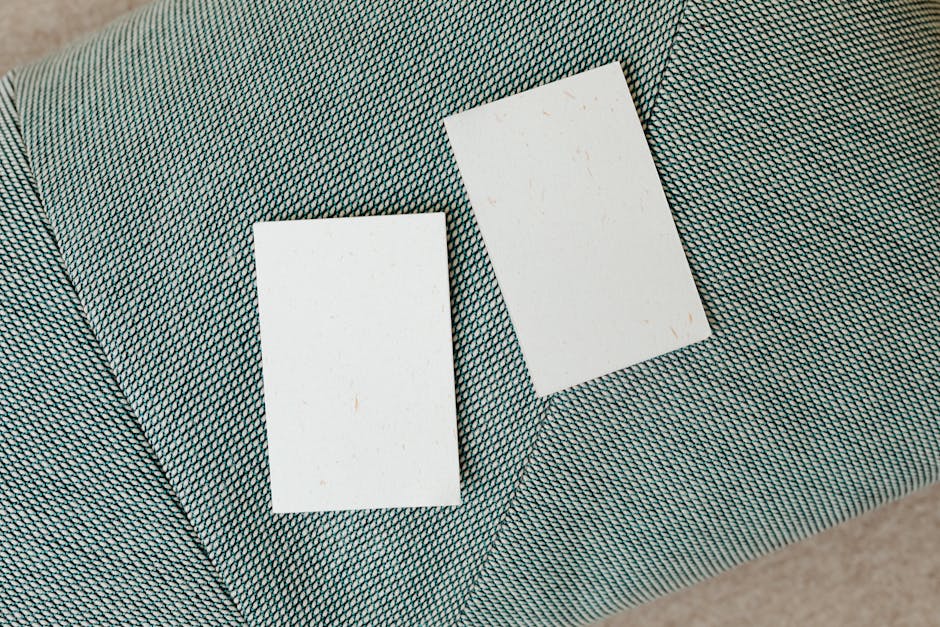The Role of 3D Printing in Marketing Promotions
In today’s fast-paced digital landscape, businesses are constantly seeking innovative ways to stand out and engage their audience. One such cutting-edge technology that is revolutionizing the marketing sector is 3D printing. Once confined to the realm of prototyping and manufacturing, 3D printing is now making waves in marketing promotions. This article explores how 3D printing is being leveraged in marketing strategies, its benefits, and actionable tips for businesses looking to incorporate this technology into their promotional efforts.
Understanding 3D Printing: A Brief Overview
3D printing, also known as additive manufacturing, is a process that creates three-dimensional objects from a digital file. This technology builds objects layer by layer using materials such as plastic, metal, or resin. According to Statista, the global 3D printing market was valued at approximately $13.7 billion in 2020 and is projected to reach $63.46 billion by 2026, demonstrating its rapid growth and adoption across various industries.
The Intersection of 3D Printing and Marketing
3D printing is transforming marketing by enabling brands to create unique, customized, and interactive promotional items. Here are some key areas where 3D printing is making a significant impact:
1. Personalized Marketing Materials
Personalization is a crucial component of effective marketing. 3D printing allows businesses to tailor their promotional products to individual customers, enhancing engagement and brand loyalty. For instance, a company can use 3D printing to produce custom keychains, phone stands, or desk ornaments with the recipient’s name or logo, creating a memorable experience.
2. Prototyping and Product Launches
Before launching a new product, businesses need to test and refine their designs. 3D printing offers a cost-effective solution for creating prototypes and testing market reactions. By presenting tangible models to focus groups or investors, companies can gather valuable feedback and make necessary adjustments before the official launch.
3. Interactive Trade Show Displays
Trade shows are excellent opportunities for businesses to showcase their products and services. 3D printed displays can attract attention and provide interactive experiences for attendees. For example, a tech company might create a 3D printed version of their latest gadget, allowing visitors to interact with the product physically, rather than just seeing it on a screen.
4. Limited Edition and Collectible Items
Creating a sense of exclusivity can drive consumer interest and sales. 3D printing enables brands to produce limited edition or collectible items that are unique to their campaigns. A fashion brand, for instance, could design a limited run of 3D printed accessories to complement a new clothing line, enhancing the overall allure of the collection.
Benefits of Using 3D Printing in Marketing
Incorporating 3D printing into marketing strategies offers several advantages:
Cost-Effectiveness
Traditional manufacturing methods can be expensive, especially for small batches or custom items. 3D printing reduces costs by eliminating the need for tooling and molds, making it an attractive option for producing promotional items on a budget.
Rapid Prototyping
The speed of 3D printing allows for quick iterations and faster time-to-market for new products. This agility is crucial in competitive markets where timing can make all the difference.
Sustainability
With increasing consumer demand for sustainable practices, 3D printing offers an eco-friendly alternative to traditional manufacturing. By using biodegradable or recycled materials and reducing waste, businesses can align their marketing efforts with sustainability goals.
Actionable Tips for Implementing 3D Printing in Marketing
For businesses looking to integrate 3D printing into their marketing strategies, here are some actionable tips:
1. Start Small
If your business is new to 3D printing, begin with small projects to test its effectiveness. Create simple promotional items like keychains or business card holders to understand the process and potential impact.
2. Collaborate with Experts
Partner with 3D printing specialists or companies that have experience in creating marketing materials. Their expertise can help streamline the design and production process, ensuring high-quality results.
3. Incorporate Feedback Loops
Gather feedback from customers who receive 3D printed promotional items. Their insights can guide future projects and help refine your marketing strategy for better engagement and satisfaction.
4. Leverage Social Media
Use social media platforms to showcase your 3D printed promotional items. Share behind-the-scenes content of the design and production process to engage your audience and generate excitement around your brand.
Conclusion
3D printing is a powerful tool that is reshaping the landscape of marketing promotions. By offering personalization, cost-effectiveness, and sustainability, it provides businesses with unique opportunities to engage their audience and stand out in a crowded market. As technology continues to advance, the potential applications of 3D printing in marketing will only grow, making it a valuable asset for forward-thinking brands. By embracing this innovative approach, companies can create memorable experiences that resonate with consumers and drive long-term success.

